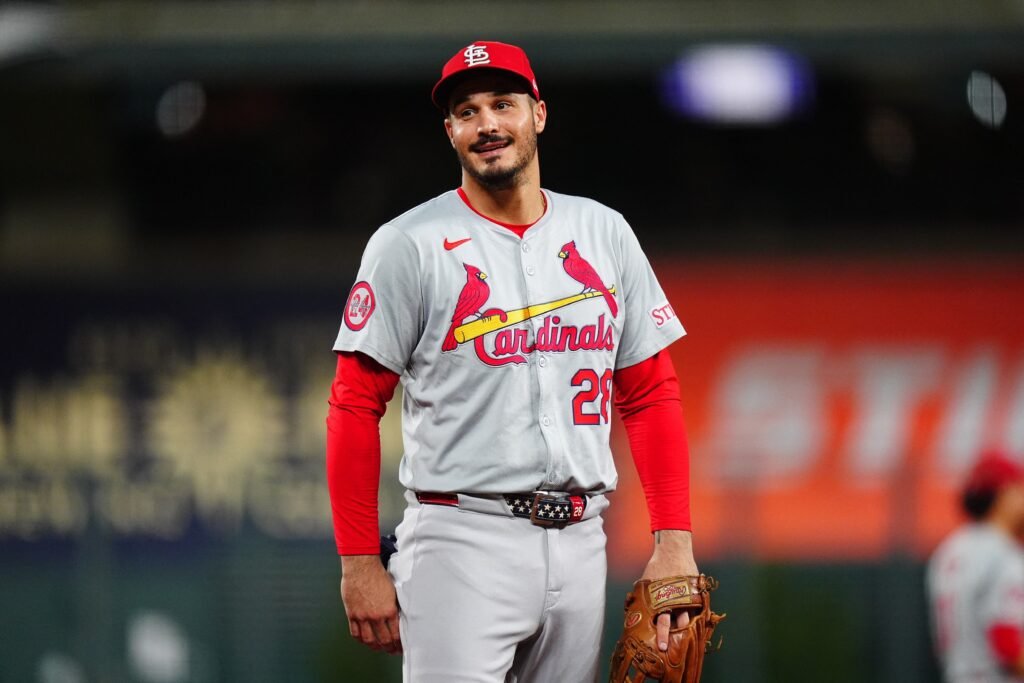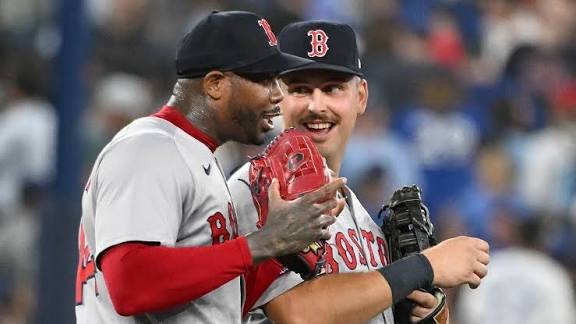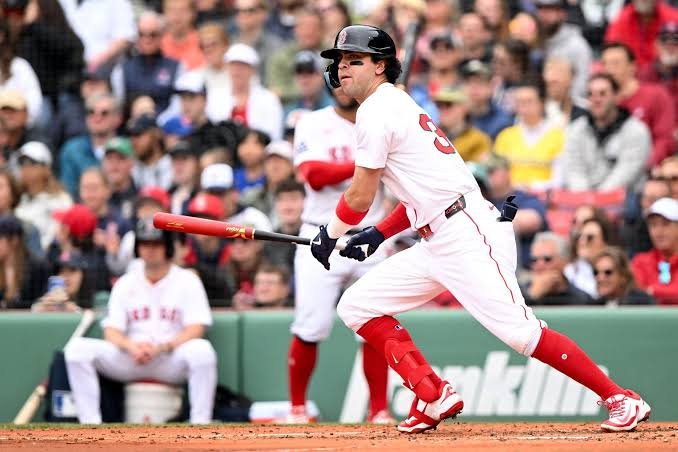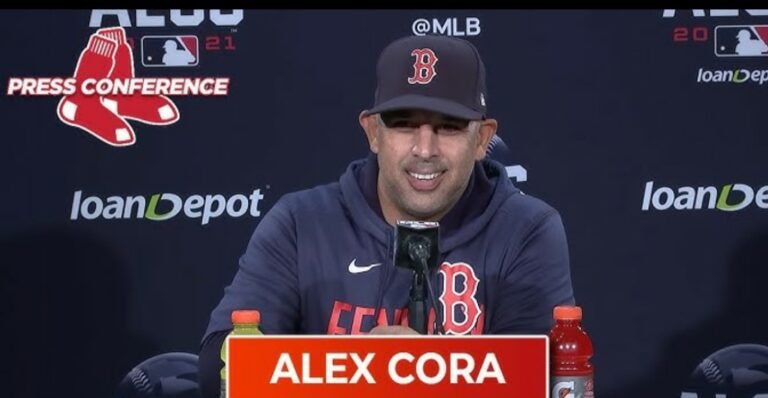
As the Boston Red Sox aim to solidify their roster for the 2025 season, one of their top targets is All-Star third baseman Nolan Arenado of the St. Louis Cardinals. The acquisition of a right-handed hitter like Arenado could be just the boost the Red Sox need, but a key obstacle threatens to derail this potential blockbuster trade: the financial “sticking point” surrounding Arenado’s contract.
Arenado’s remaining contract, worth $64 million over the next two years, has been a significant challenge in trade discussions. The primary issue is how much of this amount the Cardinals are willing to absorb in order to facilitate a deal. Early in January, trade talks between the Red Sox and Cardinals collapsed when St. Louis declined to cover up to $20 million of Arenado’s remaining salary. This refusal to share the financial burden has created an impasse, and it has raised questions about whether the Red Sox can afford to take on such a large portion of the contract without impacting their flexibility for other moves.
For the Red Sox, the financial commitment associated with Arenado is no small consideration. Adding a high-priced player like Arenado could push the team’s payroll limits, especially with the rising costs of building a competitive roster. But Arenado’s elite defense and powerful bat make him an attractive option, especially given the team’s pressing need for a right-handed hitter to balance their lineup.
The Cardinals, meanwhile, face their own set of financial constraints. While they would love to move Arenado and free up space to address other needs, the reality is that few teams can afford to take on the full value of his contract. The failure to find a middle ground on how much of the remaining $64 million the Cardinals are willing to cover could prove to be a major roadblock in this deal.
However, both teams have not entirely walked away from discussions. Reports indicate that the Cardinals have resumed talks with multiple suitors, including the Red Sox, Yankees, and Dodgers, in hopes of restructuring the deal. The question now is whether the Cardinals will soften their stance on the financial aspects of the trade. If they can find a way to cover a portion of Arenado’s contract, or if the Red Sox are willing to accept a larger financial responsibility, the trade could be back on track.
With spring training quickly approaching in Fort Myers, Fla., time is running out for both teams to reach an agreement. The Red Sox, eager to bolster their lineup with a proven star like Arenado, will need clarity on this financial issue soon. Whether the Cardinals are willing to make the necessary adjustments to their financial commitment will likely determine if this deal ultimately happens.
In conclusion, the major “sticking point” in this trade saga remains Arenado’s contract, and it could very well be the factor that prevents the deal from coming to fruition. If the financial terms can be negotiated to the satisfaction of both sides, Arenado could be donning a Red Sox uniform in 2025. But until that happens, the trade remains in limbo, with the clock ticking toward spring training.


